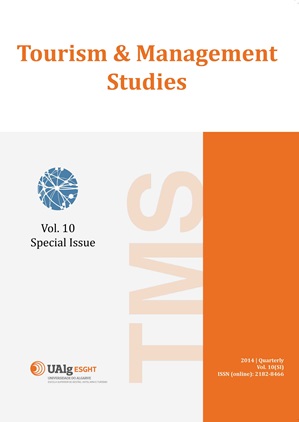Tourism industry: Role of the real effective exchange rate
Keywords:
Bulgaria, Real effective exchange rate, partial equilibrium, supply and demand curves, tourism sectorAbstract
This paper aims to evaluate an econometric model of equilibrium for the Bulgarian foreign tourism industry. The main microeconomic assumptions of the model are the existence of identical consumers, identical composite tourism industry product and perfect market conditions. The real effective exchange rate (REER) is used as a proxy for the composite product price and other proxies are introduced for foreign income and domestic tourism industry capacity. The data is deseasonalised with a geometric mean and the Hodrick-Prescott filter. The TSLS method of estimation is applied to take into account the over-identified model. The estimation results are consistent with core microeconomic theory. The estimated model allows for price equilibrium convergence. Dropping the initial constraints allows for additional conclusions.The tourism industry can substantially gain from advertising, product diversification and diminished reliance on summer bookings. Given the important macroeconomic role of the tourism industry under the Currency Board regime and the potential for tourism industry vulnerability, the government could play an important role in promoting sustainable development in the tourism sector.
Downloads
Published
10.01.2024
Issue
Section
Tourism/Hospitality: Research Papers
License
Copyright (c) 2016 Tourism & Management Studies

This work is licensed under a Creative Commons Attribution-NoDerivatives 4.0 International License.
The journal retains published articles’ copyrights, but they are simultaneously licensed under the Creative Commons Attribution License (CC BY-NC-ND), which allows individuals’ to share the relevant papers as long as authorship and publication in this journal are duly acknowledged.
How to Cite
Todorov Ganchev, G. (2024). Tourism industry: Role of the real effective exchange rate. Tourism & Management Studies, 10, 174-179. https://tmstudies.net/index.php/ectms/article/view/620



